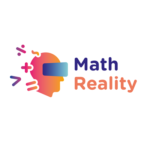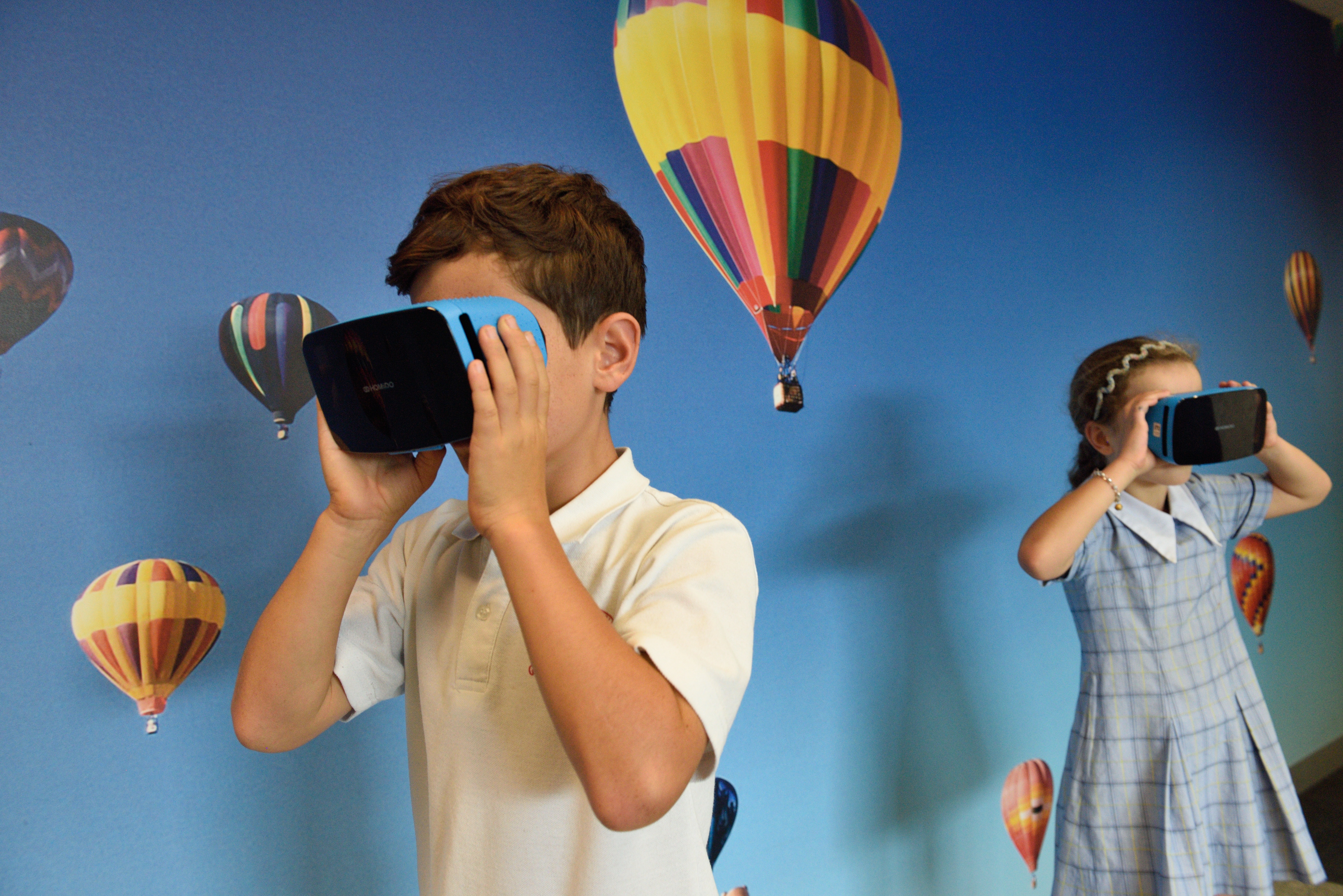Let’s start with a quote often attributed to Albert Einstein: “the only source of knowledge is experience”. Or, to be exact: “pure logical thinking cannot yield us any knowledge of the empirical world; all knowledge of reality starts from experience and ends in it.” In other words, as several studies prove: we retain around 10% of what we read, yet 90% of what we experience ourselves.
If we ask you what school subject is often perceived as abstract and is mostly taught “the hard way”, what do you think about? Here, we think about mathematics. And how Virtual Reality could make its study more engaging by allowing students to experience it first hand.
According to the PISA study, European Union is lagging in terms of the performance of students in mathematics. As the results of 2012 indicate, the 22.1% of European students were low achievers in mathematics; this means that more than one out of five youngsters in Europe are not equipped with this key skill.
One of the main challenges with the study of mathematics is that it is often perceived by students as difficult or abstract, with vague connections to the real world. The Eurydice network, in the report “Mathematics Education in Europe: Common Challenges and National Policies”, points out to the importance of the learner’s motivation and engagement.
There are more ways to teach mathematics than just writing formulas on a blackboard.
To improve students’ skills in mathematics, it is therefore essential to make mathematics more practical and engaging. This is why we are developing innovative ways to present and work on mathematics at school in order to improve students’ engagement and motivation with this subject.
Virtual, Augmented and Mixed Reality have been referred to as the ‘4th wave’ of technological innovation in computing. The first three, namely PCs, the Internet, and mobile communications, have had a significant impact on how we interact, engage and communicate. Virtual Reality, by its pure definition, can deliver experiences and interactions for students that are either not easy or possible in the ‘real world’. This technology helps students feel immersed in an experience, gripping their imagination and stimulating thinking in ways not possible with traditional books, pictures, videos or physical objects, and facilitates a far higher level of knowledge retention.
The objective of this project is to develop new tools for non-formal education, hands-on pedagogy methodology and use of VR in order to improve the current didactics of mathematics. The program and the tools will be directed directly at the teachers and educators of secondary education to give them access to a new range of possibilities to teach not only mathematics, but also to support them in offering a new perspective on mathematics by linking its concepts to other subjects.
When things go virtual, it is easier to represent abstract concepts than with physical objects or drawing on chalkboard.
Another advantage of virtual reality is that it supports the inclusion of learners with Specific Learning Disorders (SLDs), such as dyslexia, dyspraxia, dyscalculia, etc. When you struggle with reading, calculating or with exercises that focus on the use of fine motor skills, to name a few challenges, it is even more tiring to try to focus on the same types of materials such as books or papers. In this regard, varying class material is beneficial as different skills are needed. This is why we are taking into account the needs of these learners, to make sure that our virtual reality exercises does support their engagement with mathematics.
In short, the partners of the MathReality project will provide the following Open Educational Resources:
- A booklet on using virtual reality for education,
- A pedagogical on using virtual reality to teach mathematics,
- 15 analog hands-on design of the mathematical exercises that will be transferred into a virtual reality app,
- A virtual reality application,
- 30 lesson scenarios to support the integration of virtual reality in the curriculum.
This project started in November 2018 and will last for 2 years. It is co-financed by the Erasmus + programme of the European Commision.

Visit the project website : www.math-reality.eu
Follow on Twitter : @MathReality
Bibliography:
10 Reasons Why Math Is Important In Life [Guide + Examples]. (2018). Pi Day. https://www.piday.org/10-reasons-why-math-is-important-in-life/Helmenstine, A. M. (2019).
Why Mathematics Is a Language. ThoughtCo. https://www.thoughtco.com/why-mathematics-is-a-language-4158142
Krishnan, P. (2016). Life Without Mathematics | Testprep Content Hub. https://www.meritnation.com/testprep/hub/life-without-mathematics/
Language of mathematics. (2020). In Wikipedia. https://en.wikipedia.org/w/index.php?title=Language_of_mathematics&oldid=970110907
Nautiya, S. (2012). Life without mathematics. /en/article/life-without-mathematics
Silver, D. S. (2017). The New Language of Mathematics. American Scientist. https://www.americanscientist.org/article/the-new-language-of-mathematics
Teaching Math as a Language. (2016). Landmark Outreach. https://www.landmarkoutreach.org/strategies/math-as-a-language/
Understanding the World Through Math. (n.d.). Asia Society. Retrieved July 29, 2020, from https://asiasociety.org/education/understanding-world-through-math

